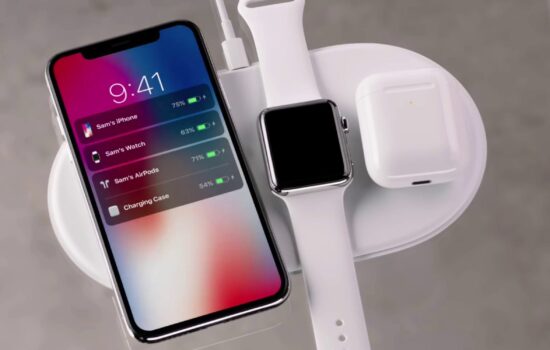By 2025, BigCommerce reveals that mobile eCommerce sales will account for 10 percent of all retail transactions in the US. In other words, one in 10 sales will take place on a smartphone. That’s an impressive number in itself, but when you consider it’s up from 3.5 percent in 2018, it’s even more phenomenal. For businesses, this means mCommerce is a trend you need to be aware of. Not only must you recognize its existence, but you need to learn how to use it to your advantage. You can only do that by mobile optimizing your online content.
Below, we’ll talk you through a few easy ways to do that.

Work out who your audience is and what they need
15 years ago, in January 2007, the world was transformed by the introduction of the iPhone (there’s a really interesting article from ComputerWorld on just that subject). Described by Steve Jobs as an iPod, phone, and mini-computer, it rolled three essential functions into one. It hasn’t stopped being revolutionary in the years since. With every new release, we discover it does more than its predecessors, so it’s no surprise so many of us find our iPhones are the perfect tool for shopping online. But who are these shoppers? Before you deign to make any changes to your website, ask yourself this important question.
The entire purpose of mobile optimization is to enhance the customer experience and give consumers what they want. You can’t do that unless you first work out who they are and identify their requirements.
Take the Betway slots website as an example. They’re an online casino provider specializing in live gaming, eSports, and slots. When developing a customer persona, they’d likely identify their target demographic as aged between 45 and 54 based on research released by the Gambling Commission (these are UK stats but are mirrored across most of the Western world). That alone tells us something important in terms of mobile optimization: this generation is less likely to be tech-savvy and so will desire a simple and straightforward online experience.
However, online slots, thanks to the modernization of genres and graphics, are appealing to other demographics too, so the site explains how there are both classic games and new iterations in order to deliver on simplicity while remaining relevant. Another example of the importance of this balance is Appleosophy. We know readers are likely to be much more technologically sophisticated. This impacts both the focus of our content – as you can see in the article linked to – and the way we’ve crafted our mobile offerings. As our viewers’ priorities are likely to be quite different from those of the average internet user, we develop with them in mind. However, the traditional emphasis on quality content remains the same.
To put it simply, begin by identifying what viewers will want/and or need from your mobile website and craft your user experience around this.
Request feedback

When designing a mobile website, your customers should be at the forefront of everything you do, and who knows them better than they know themselves? While developing customer personas and using analytics to identify pain points can be handy, requesting feedback is just as important. Send an email out to customers to determine whether or not they’ve browsed your website on their mobiles. If they have, ask what problems they’ve encountered and if they have any ideas for ways you could improve.
This is the simplest and most effective way to not only pinpoint issues but prioritize what needs fixing first. It may be that something you’ve identified as problematic isn’t actually causing issues for your customers, in which case you’ll want to focus on more immediate problems ahead of resolving this.
Streamline and simplify
Next up, it’s time to declutter. We all want a beautiful website filled with useful information, professional-quality photographs, and video tutorials. However, this will only slow things down for mobile visitors. Remember, phones aren’t as powerful as their desktop counterparts, and users will often be using 4G to connect to your site. If you don’t want your web pages to take an age to load, it’s a good idea to have a tidy-up and remove any excess.
Your mobile visitors are going to be looking at your content on a much smaller screen, so they won’t want to scroll through endless reams of content to find what they’re searching for. To help them out, break everything into bite-sized chunks and organize your products and content into various categories. Organization and order are the priorities here.
You might also want to add a search function like the one featured on our website to reduce scrolling and make navigation easier. For example, if someone typed “iPhone 14” into the Appleosophy search bar, they’d see the results page we’ve linked to, which is packed full of relevant articles. According to research, switching to a mobile-led design can increase conversions by more than 30 percent, so it’s well worth looking into.
When it comes to developing a website that will appeal to mobile users, there are some really simple ways to improve your design and make it easier to navigate. This means that whether users are browsing on a “vintage” iPhone 6 Plus (yes, that really is what they’re calling it according to this Appleosophy article) or the latest iPhone 13, they’ll have no problems purchasing from you.








